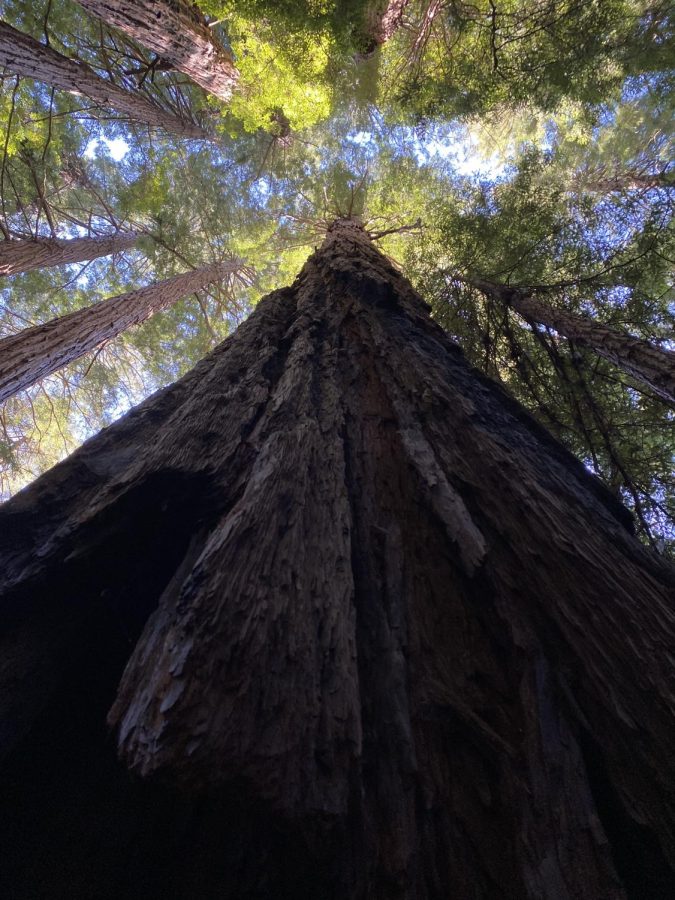Earth’s Old Growth Forests Need our Protection–And We Need Them
When one hears the term “old growth forest,” images of towering giants painted in lichen and kingdoms of creatures living beneath gargantuan roots are what come to mind. But the most important aspects of life are not always visible to our senses. “The definition of old growth is continuity of process not continuity of trees,” says Shelby Perry, wilderness ecologist of the Northeast Wilderness Trust, an organization focused on preservation with a “forever-wild” mindset, allowing protected land time to regrow and repurpose itself.
This mindset for preservation recognizes the extreme difference between human time and nature’s time. Many environmental problems have occurred because humans believe they can change things at a much faster scale than they are meant to be changed. Global warming and deforestation are such problems—two surprisingly interconnected issues.
Most people know that trees produce a large percentage of the atmospheric oxygen that living things need to survive. It is less known that forests are not only “earth’s lungs,” but also some of the biggest carbon store hotspots on the globe. According to a 2021 Science News article, a noteworthy study by Nature Sustainability reports that there are about 139 gigatons of “irrecoverable” carbon stored in natural biomes around the world. “Irrecoverable,” because if this carbon were to be released by unnatural causes, it could not be regained by the earth in a timescale relevant to the current climate crisis. Forests hold about half of this carbon.
Early studies believed that due to their faster sequestration rates, younger forests are better at absorbing carbon than older forests. However, as Sophie Ehrhardt, the Wilderness Trust’s carbon specialist, explains, the carbon stored in old forests is irrecoverable when lost on a human timescale, and even if the sequestration rate of younger trees is faster, older forests hold much greater amounts. They also have more growth layers and greater leaf cover absorbing carbon than highly managed newer forests. It is therefore more important to protect wild forest communities than to try to organize new ones.
Old growth is also able to recycle carbon more successfully due to its high levels of biodiversity, through natural processes like decomposition by microorganisms and respiration into the soil. The incredible species and habitat diversity of these older more complex forests is another reason why they need to be protected. Much of the life they contain is not even fully understood yet. For example, the importance of mycorrhizal fungal networks below old forests was only recently realized, and at least six new forest frog species were discovered last year.
We are slowly learning how these old forests can communicate, can feel, can live in ways that our minds can’t understand (yet). The oldest root system is 9,500 years old. The oldest forests are more than a hundred million. To conclude her interview, Perry says: “everything evolved to be in a constant state of forest and community.” Old growth forests have kept the planet alive for millenia longer than we have existed, and now they can help us save it, if we do all we can to save them.
*Honorary Mention in NYT STEM Writing Contest*

Hi!! I'm Rosie, a senior here at McMahon. I'm the one to reach out to regarding the club portion of the newspaper, if you weren't able to join the class...












